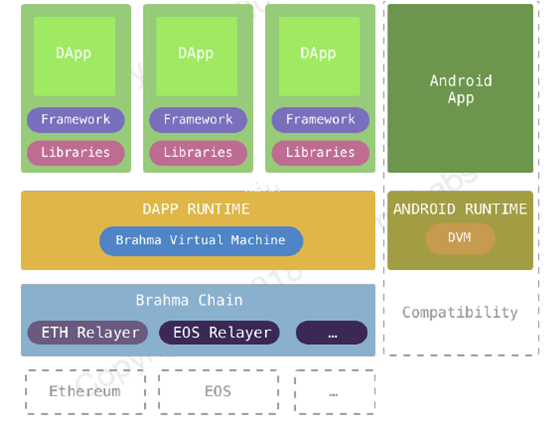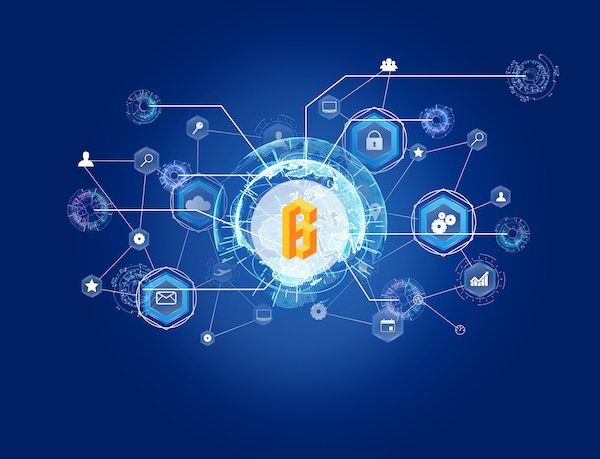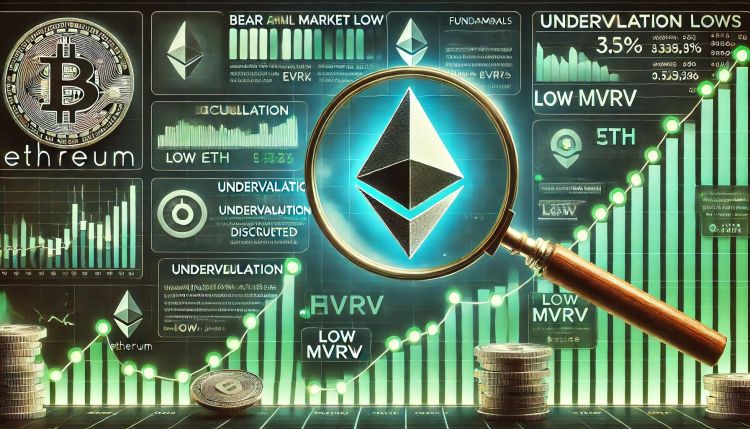Reason to trust

How Our News is Made
Strict editorial policy that focuses on accuracy, relevance, and impartiality
Ad discliamer
Morbi pretium leo et nisl aliquam mollis. Quisque arcu lorem, ultricies quis pellentesque nec, ullamcorper eu odio.
SINGAPORE – The advent of blockchain technology is provoking a revolution of the Internet of Value. In the blockchain world, Ethereum, NEO, EOS and other blockchain-based computing platforms exploit land to run applications. On this land, a variety of application chain of different functions spring up, for example: Rebo network for cross-border payment, CVC with the function of authentication and Distributed File System IPFS. However, in the world of the blockchain, there is a lack of infrastructure with multiple functions whichoffer a variety of decentralized services. Brahma OS aims to fill that void.
What is Brahma OS?
Taking the widely used mobile Android system as an entry point, Brahma OS builds an underlying architecture of blockchain applicationsand ecosystem based on Ethereum.As the core of connecting end-users and blockchain networks, Brahma OS offers users services like decentralized authentication, network transmission, storage, app store, asset management, and transaction, also making Brahma OS highly scalable. Through the Brahma OS SDK interface, developers can quickly expand decentralized service components.
Why use Brahma OS?
The operating system as the interface of the user and the computermanages thescheduling, operation, and processing of the computer hardware resource. On the other hand, italso provides the user with a friendly human-machine user interface. In order to offer and utilize computer resources more efficiently, the virtual operating system and the cloud operating system service complement each other.
As operating systems become more centralized, the infrastructure on which they operate is accordingly more centralized. For instance, asbrute-force password cracking canpose threat to the identity authentication method based on the “username + password”, people have proposed various two-factor authentication solutions such as Google auth dynamic password, fingerprint authentication, and access control cards. Although two-factor authentication enhances user security, the master key used for authentication is stored on a central server.Once the authentication server is out of order or once the master key is stolen, it will pose a systemic risk and expose user privacy.
The problems described above about centralization of identity authentication also exist in application services such as network transmission, central storage, app store and transaction payment.
In dealing with the trust problem in centralized services, Rebo, CVC, IPFS have solved some service and function trust issues in a real system through the blockchain technology. However, the design ideas for BrahmaOSare different. BrahmaOS provides users with application services based on blockchaintechnology from the platform layer and operating system level. In the early planning of the Brahma OS system, Brahma OS will be based on the Android system to provide users with blockchain application components. Using blockchain technology, BrahmaOS will solve the trust problem from the operating system platform. From this, Brahma OS is more like a blockchain virtual machine system.
In the future planning, Brahma OS will be deeply integrated with the hardware to give birth to anew smartphone operating system in the world of the blockchain. The network communication chip of Brahma OS and the contact chip of Brahma OSwill become a brand new communication protocol which can support manymobile phone hardware manufacturers.
What kind of blockchain services does Brahma OS provide?
In the initial implementation of the Brahma OS system, Brahma OS will provide users with the following blockchain decentralized services by building a sandboxed environment for Native DApp and removing Android’s centralized service components.
To protect user privacy, Brahma OS provides users with identity authentication services based on blockchain addresses and user portraits, and offers privacy protection for user communications, calls and storage through elliptic curve public key algorithm and through Hash algorithm. As the storage and the transmission of data are encrypted, only users with a private key can have access to it. Therefore, there is no risk of data leakage in Brahma OS.
As for blockchain asset management, users can achieve ETHs and various ERC20 tokens management through theasset management components offered by Brahma OS without an extra wallet.
In terms of building an autonomous connected networks, Brahma OS dissociates both the meta-network and the “router” from existing network protocols and expects to build apeer-to-peer OS network that ensures encryption of communication data through protocol confusionfrom the data transmission level and build an autonomous, connected networkfrom the configuration of the routing role.
In terms of decentralized storage services, Brahma OS offers a functional interface invoking other decentralized cloud services, including services from IPFS, Sia, Storj among many others.
In addition, Brahma OS will provide developers with a rich SDK interface and privacy API for developers to expand blockchain applications. As the DApp software on Brahma OS becomes abundant, a centralized DAppStore market will be established in the future to promote the ecological autonomy of Brahma OS through token support incentives. The appearance of more and more valuable apps like decentralized games will bring unprecedented value todevelopers and users of Brahma OS.
Brahma OS technical architecture
Brahma OS technical architecture is hierarchical.The entire system is decomposed into a number of higher and lower logic layer like Chain, Runtime, Framework. Taking into account compatibility issues of native Android applications, we separate virtual machine to completely isolate the runtime environment of Android App and DApp. In this way, we can increase security controls of Android App and prevent system crashes.

The current status of the development work on Brahma OS is well underway. In the development planning, the Brahma team has detailed milestones for each stage.In the third quarter of 2018, the team plans tocomplete the replacement of the Android centralization service and Brahma OS willconnect to the Ethernet network for the first test users to operate on the system prototype.
In the blockchain world, if the blockchain platform such as Ethereum, NEO and EOS are regarded as land, and the networks like Rebol, STEEM, and IPFS as houses of different function, the Brahma OS is a beautiful multifunctional district enabled bya decentralized virtual operating system!
About Brahma OS
Brahma OS is an operating system that hosts decentralized networks by enabling the deconstruction of existing services and the use of a wide range of decentralized services and components to ensure that users can safely and easily access services on the blockchain and application.
For more information on Brahma OS
Official Website: http://brahmaos.io
Telegram Channel: https://t.me/BrahmaOS
Twitter: https://twitter.com/brahma_os
Medium: https://medium.com/brahmalabs
Bitcointalk: https://bitcointalk.org/index.php?topic=2992872
Contact: Lynn
Press contact: brahmabrm@gmail.com
PR-I.CO is a communication service working exclusively for blockchain and crypto companies. Brahma OS is the source of this content; this press release is for information only and does not constitute investment advice.


















